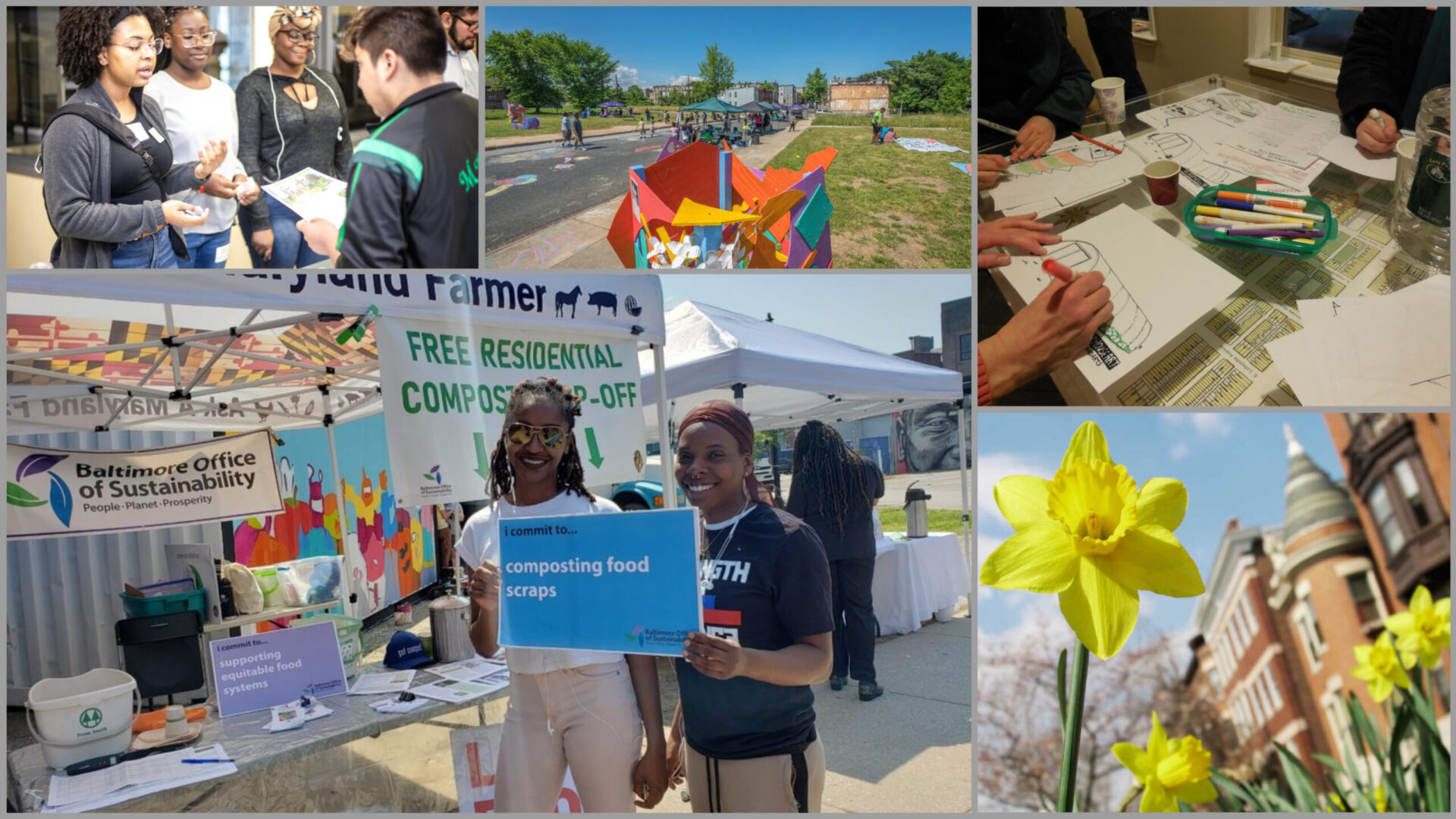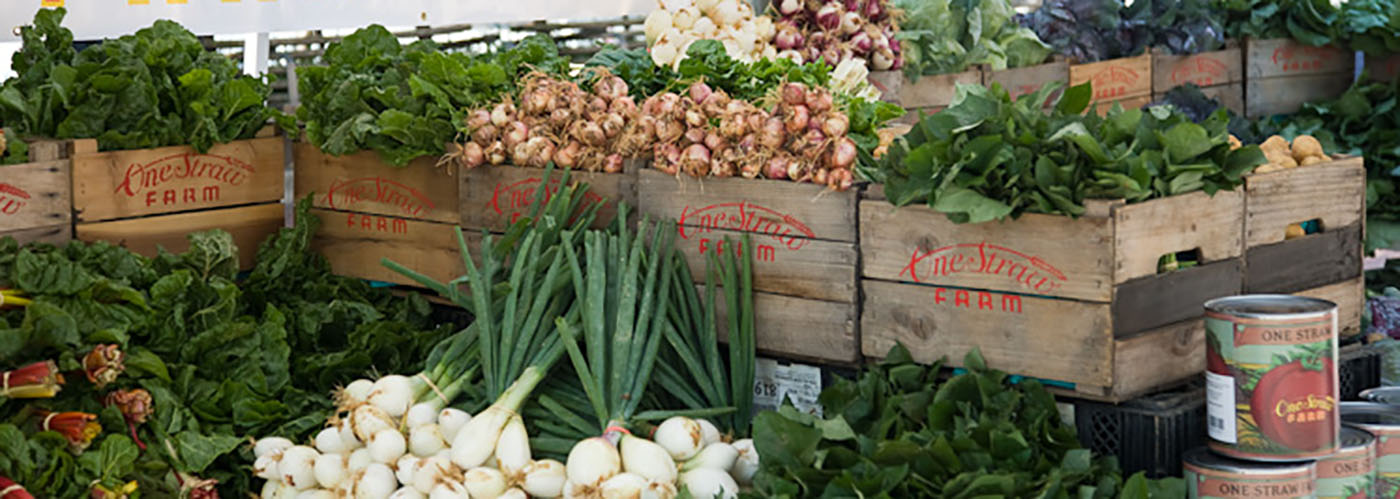Baltimore City’s Urban Agriculture Plan
Download a PDF of the Homegrown Baltimore Plan
View a presentation on urban agriculture in Baltimore
Homegrown Baltimore aims to increase production, distribution, sales and consumption of food locally grown within Baltimore. Homegrown Baltimore represents the City’s commitment to
- Provide equitable access to healthy foods for all residents
- Support Baltimore’s gardeners, farmers and businesses
- Promote environmental sustainability
- Utilize vacant space productively
Purpose
The Homegrown Baltimore Initiative meets several strategies outlined in the Sustainability Plan, as well as forwarding the missions of both the Baltimore Food Policy Initiative and the Vacants to Value Initiative. The plan includes three components: Grow Local, Buy Local, and Eat Local.
- Grow Local focuses specifically on increasing local food production in Baltimore through urban agriculture.
- Buy Local addresses sales and distribution of locally produced foods, including expansion of farmers’ markets, farm stands, community supported agriculture, farm-to-school programs, and distribution of locally produced foods in food stores.
- Eat Local addresses the need to increase demand for local, healthy food.
Outlining Baltimore’s urban agriculture plan, Homegrown Baltimore supports and expands urban agriculture in Baltimore by documenting and evaluating current efforts and providing policy and programmatic recommendations. These recommendations focus on the utilization of vacant land and the growth of the urban agriculture sector in Baltimore.
For more information on these three components, visit the Homegrown Baltimore Page
Methodology
The following steps were taken to develop Baltimore’s Urban Agriculture Plan
- Research on the current state of urban agriculture as well as input from key stakeholders and staff within Baltimore City’s Office of Sustainability was collected, giving structure to the plan
- Reference literature and documentation was compiled, outlining the background and historical record of urban agriculture in Baltimore
- Various stakeholders were interviewed, collecting input for the contents of the plan
- Rough drafts of the report were compiled, reviewed and finalized by staff in the Office of Sustainability.
- Public input was solicited over a four-week period from various stakeholders as well as the general public
- Final revisions were made, taking public input into consideration
- The final plan was approved by the Baltimore City Commission on Sustainability on October 15, 2013 and was adopted by the Baltimore City Planning Commission on November 21, 2013
Key Recommendations
Given the current pace with which urban agriculture is growing, the Homegrown Baltimore Plan is designed to be an evolving framework, adapting to new information and best practices as they become available. The plan produces key recommendations in five categories for the City of Baltimore:
Land
Offer tiered solutions for increased land security relevant to a range of growers from community gardeners to commercial farmers. Reduce hesitation for long-term investment and streamline processes for maintaining longevity of the green space
Water
Improve access to reliable sources of water, preserve existing water infrastructures as well as promote efficient use and rainwater capture system
Soil
Provide resources to ensure rich, safe urban soils suitable for agricultural development, developing soil standards, engaging in soil testing and supporting composting
Capital
Reduce financial barriers, particularly upfront capital costs, associated with developing vacant land for agricultural purposes
Support
Strengthen support networks, resources and organizations for gardens and farms by streamlining operations and improving regulations and staffing
Implementation
The Urban Agriculture Subcommittee of Baltimore’s Food PAC will oversee implementation of the Homegrown Baltimore Plan alongside of the Baltimore Office of Sustainability. This group is composed of individuals working in the private, nonprofit, governmental and academic sectors.


